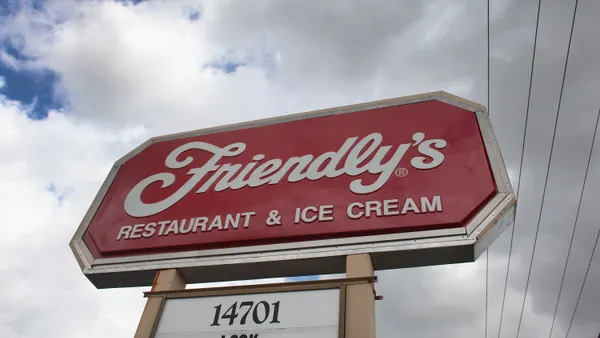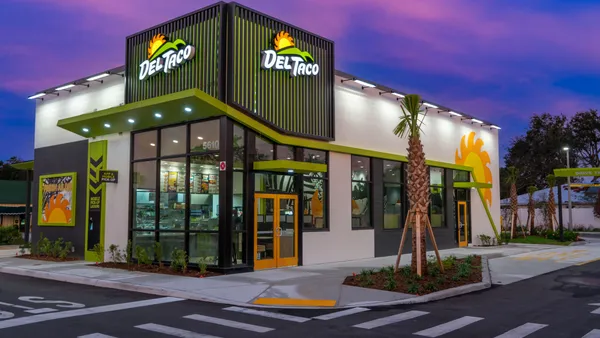Dive Brief:
- World of Beer filed for Chapter 11 bankruptcy protections last week, according to court documents filed with the U.S. Bankruptcy Court Middle District of Florida Tampa Division.
- Over the past 12 months, the chain closed 14 locations, of which eight were company owned. It has 16 remaining corporate-owned locations and 17 franchised locations remaining, according to a joint Chapter 11 case management summary filed on Sunday.
- World of Beer joins a growing list of chains, including Red Lobster, Buca di Beppo, One Table Restaurant Brands and Rubio’s, that have sought bankruptcy protections this year as restaurants face ongoing challenges from high interest rates and macroeconomic challenges like high labor and food costs.
Dive Insight:
World of Beer cited ongoing macroeconomic factors, consumer pushback on pricing actions, debts to landlords and banks, litigation with two franchisees and high interest rates for diminishing its cash flow.
World of Beer saw a boom in business shortly after it was founded in 2007, when interest was high for craft beer. It created a simple operational model with a low capital investment requirement, which led to success in franchising the business, according to a court filing. However, many of these franchisees didn’t have “sufficient experience” in the restaurant industry and ended up operating these restaurants passively.
In 2013, Paul Avery bought a controlling interest in the company, becoming CEO and president of World of Beer Franchising. He quickly introduced a food and spirit program. That led to a “contentious relationship with a number of franchisees that were reluctant” to transition to the program and change kitchen operations due to various reasons like lack of capital on hand, unfamiliarity with food programs and a lack of willingness to further engage in its business, per the filing.
“During this transitionary period, WOB Franchising unsuccessfully defended its rights in several legal cases, resulting in several millions of dollars in lost royalties and legal fees which continue to affect the business today,” the company said in the filing. “Meanwhile, consistent with this evolution in operations, the craft beer industry as a whole generally transitioned to include food & spirit programs.”
During the COVID-19 pandemic, the chain was able to secure a Paycheck Protection Program that helped support the company’s employees, investors and business. However, coming out of the pandemic about 15% of its system did not resume operations. Locations that remained open did see a lift in traffic and revenue.
Thinking the worst of the pandemic was over, the chain borrowed $8 million from the Main Street Lending Program from the Federal Reserve System in mid-2020 to help fund the construction of three locations where it had already finalized leases, per the filing. The environment shifted again and these newly opened restaurants experienced negative cash flow and have since ceased operations, the filing said.
“The lease guarantee obligations for these locations, along with the other previously closed locations, resulted in a materially significant drain on cash flow for the organization, and incurred considerable legal costs to defend our position,” the company said in the filing.
As part of its restructure plan, the chain has or will shutter underperforming locations, focusing on its profitable locations. It will evaluate operations at locations that are either cash flow neutral or trending positively.
“The current Debtors’ concept and operations are sustainable on a move forward basis, isolating legacy litigation and shuttered lease location indebtedness and restructuring secured debt obligations,” the filing said.
The company has $25.6 million in secured debt and $3.8 million in unsecured debt.












